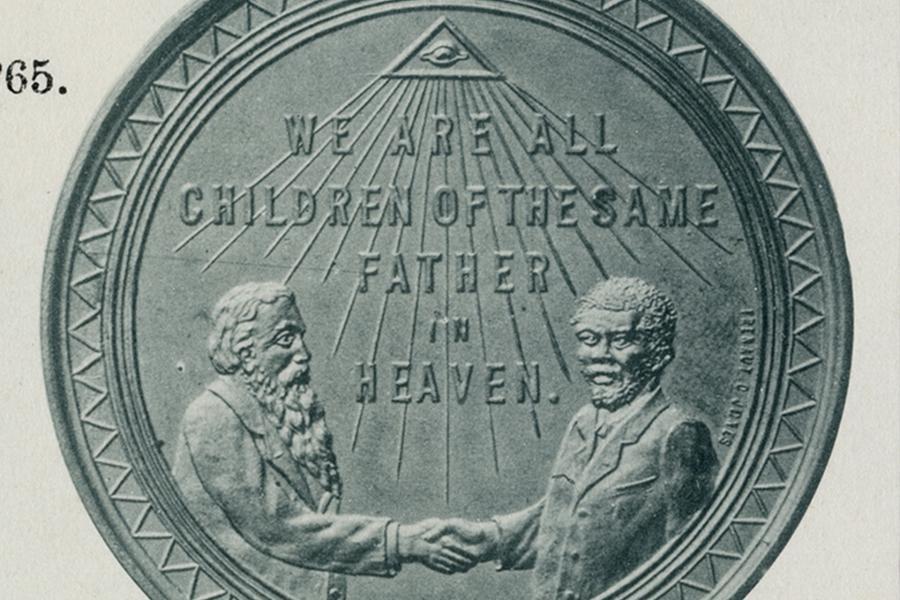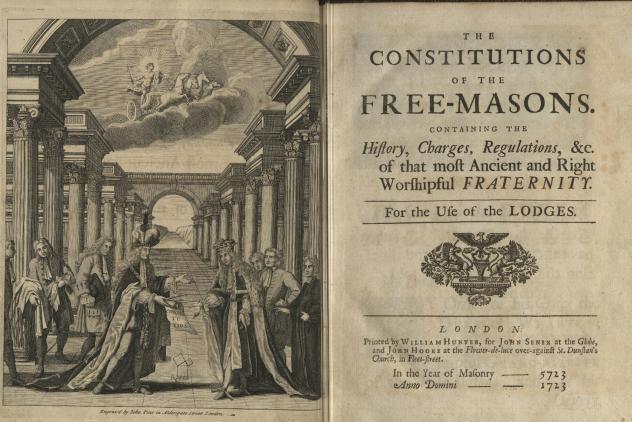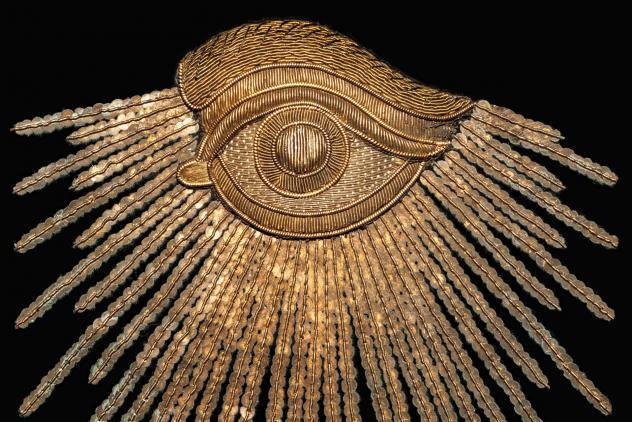A little better acquainted
Frederic Monroe and early Prince Hall freemasonryIt all starts with Prince Hall
In the 18th century African American Prince Hall established what is now called Prince Hall freemasonry. Though not dissimilar to that practiced elsewhere, Prince Hall freemasonry catered to the black community who were obstructed from joining existing lodges. He received a warrant from Henry Frederick, Duke of Cumberland, Grand Master of the Moderns Grand Lodge, London, to start African Lodge in 1784. African Lodge became Prince Hall Grand Lodge of Massachusetts (PHGLM) and one member of note was Frederic S. Monroe.
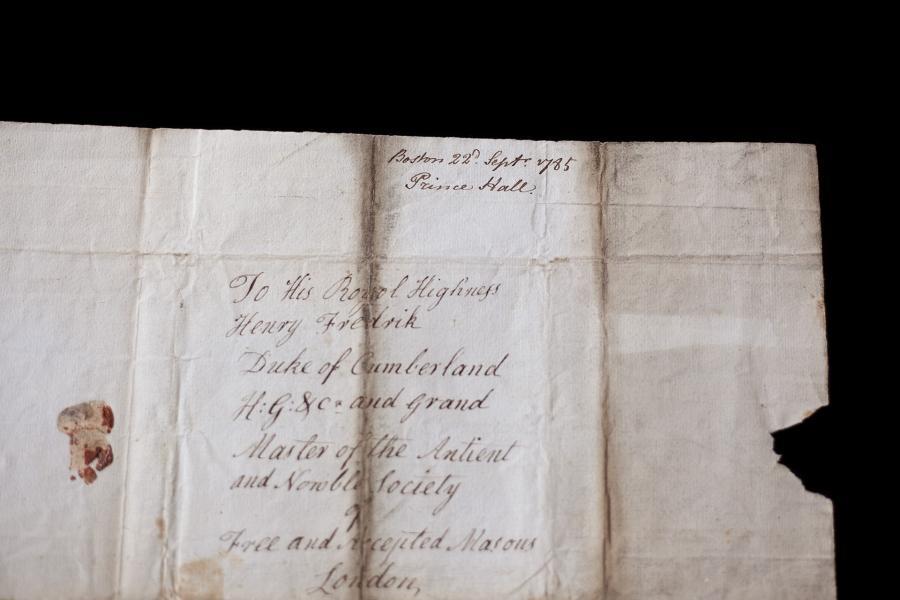
Introducing Mr. Monroe
Frederic S. Monroe was born in New Bedford, Massachusetts, in 1855. Having taught himself stenography at the age of 20, he worked as a stenographer and typewriter. A member of two early civil rights organisations, in 1895 he was initiated into freemasonry in Union Lodge, New Bedford and in 1899 was elected Master of that lodge. The following year he was made Corresponding Grand Secretary of PHGLM. It was in this context that he first became known to Henry Sadler.
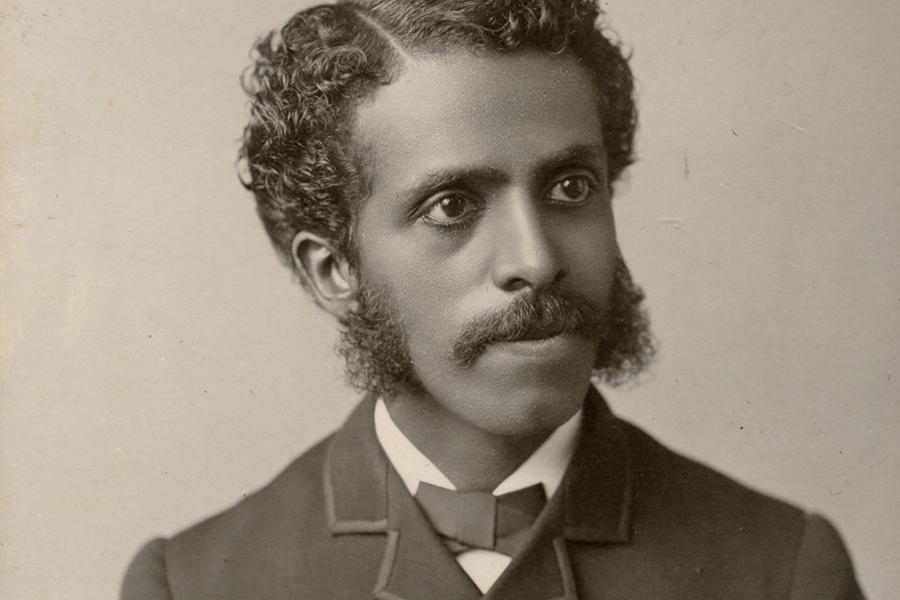
Mr. Sadler in London
Born in Essex, England, Henry Sadler was enrolling in the merchant navy when Monroe was born. He joined Lodge of Justice and by 1879 he was Grand Tyler of United Grand Lodge of England (UGLE), living with his wife and six children in Freemasons’ Hall. Like Monroe, Sadler had a keen interest in the history of freemasonry. In 1887 he was made sub-librarian and joined the research lodge Quatuor Coronati Lodge, publishing his first book ‘Masonic Facts and Fictions’ that same year. It was through the research lodge that Sadler first heard the name Frederic Monroe.
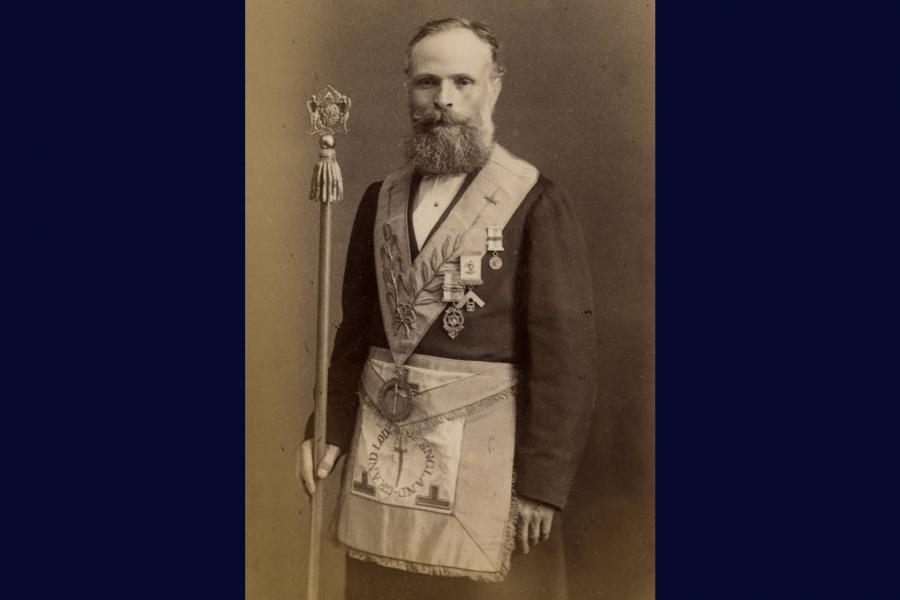
A Chance Meeting
In 1900, Quatuor Coronati Lodge published a paper by William H. Upton, former Grand Master of the Grand Lodge of Washington, in which he states “…I wish to acknowledge my indebtedness for almost all material for this paper from W. Bro. Frederic S. Monroe…” So Sadler wrote to Monroe on 28 December 1901 requesting proceedings from PHGLM. The following January, Monroe agreed to the request and also offered a copy of Upton’s report on black freemasonry.
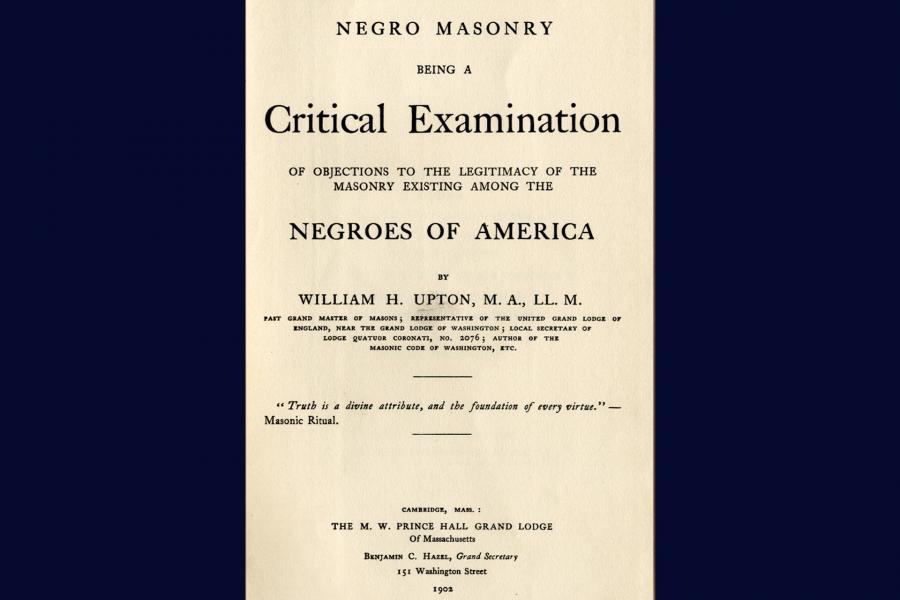
Supportive Mr. Upton
William H. Upton was the representative of UGLE to the Grand Lodge of Washington. In 1898 he had persuaded the predominantly white Grand Lodge of Washington state to recognise Prince Hall freemasonry. They accepted, though it was reversed the following year after hostile reaction from many other American grand lodges. Upton continued to champion the Prince Hall cause for the rest of his life.
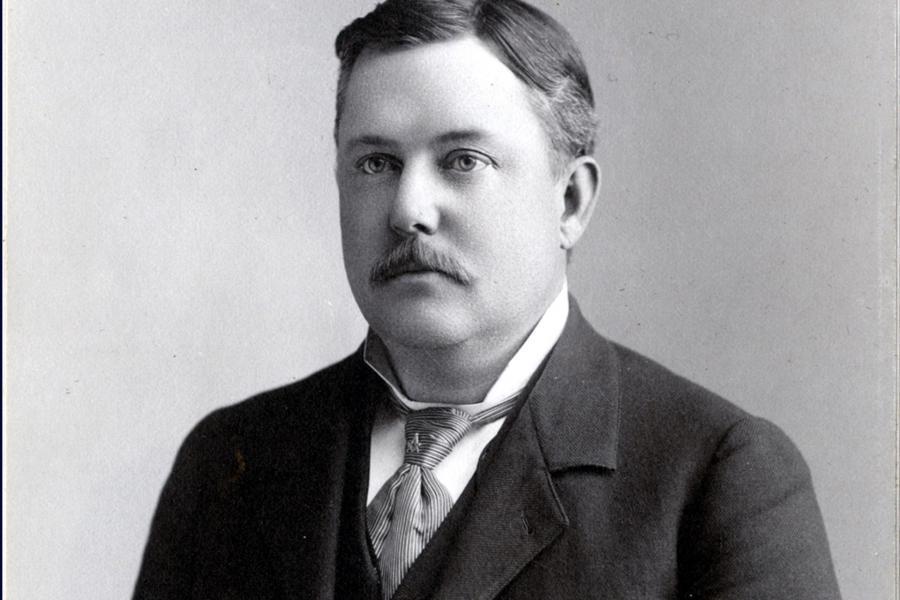
Trading Portraits
In one of Monroe’s letters to Sadler, from 14 June 1902, he enclosed a photograph of himself and asked if Sadler could send him one too. Monroe’s photograph is the first portrait in this story, and the picture here is likely a copy of the one Sadler sent to him in return.
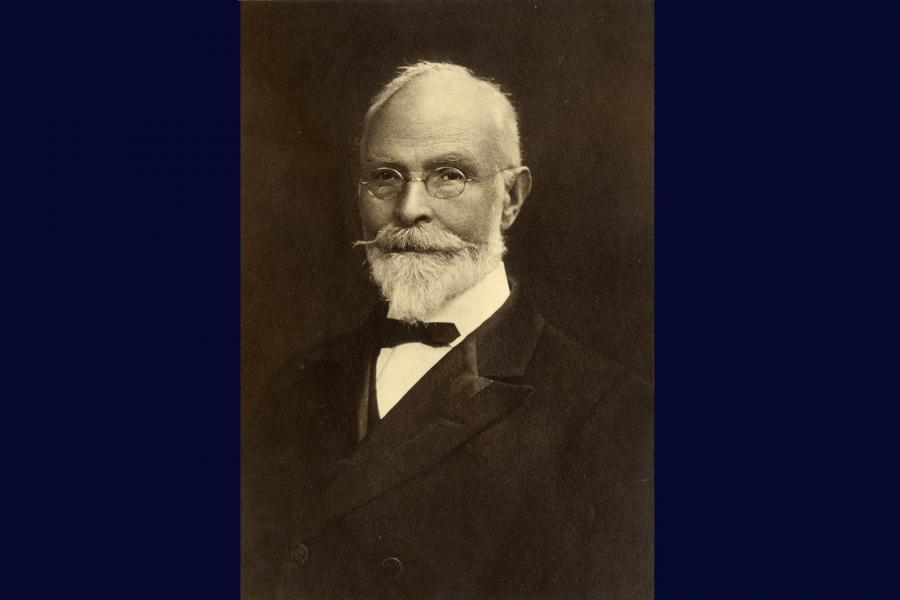
A Little Better Acquainted
In a later letter from 14 July, Monroe thanked Sadler for his picture and says “We may never meet face to face but the exchange of photographs seems to make us a little better acquainted than we were before.”
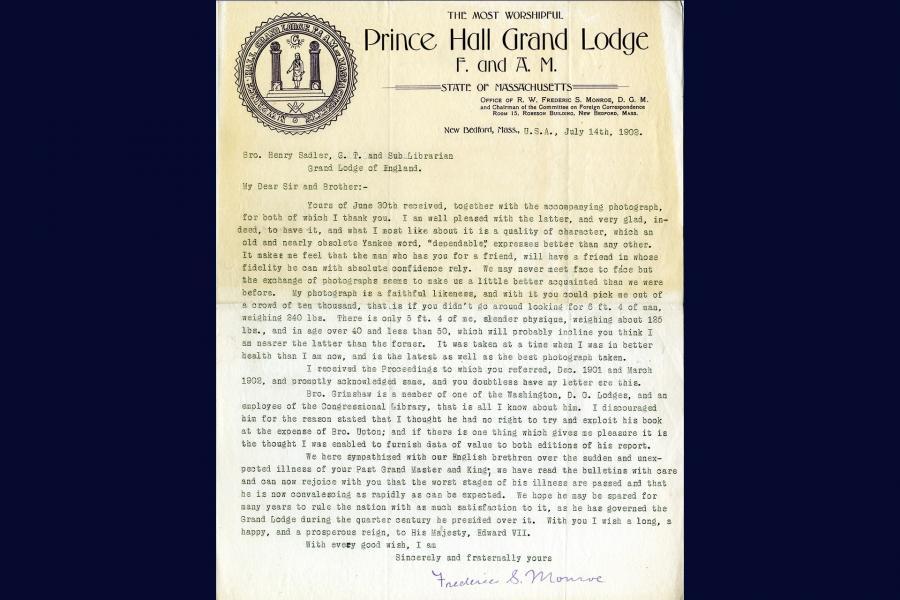
Monroe's Optimism
Sadler received four letters from Monroe in 1903. In the first, Monroe was optimistic about future relations with white grand lodges “…a stronger under-current of sympathy with [black masons] is evident on the part of many white masons, which will ultimately find expression, in my opinion, along the lines laid down by the G. L. Washington…”
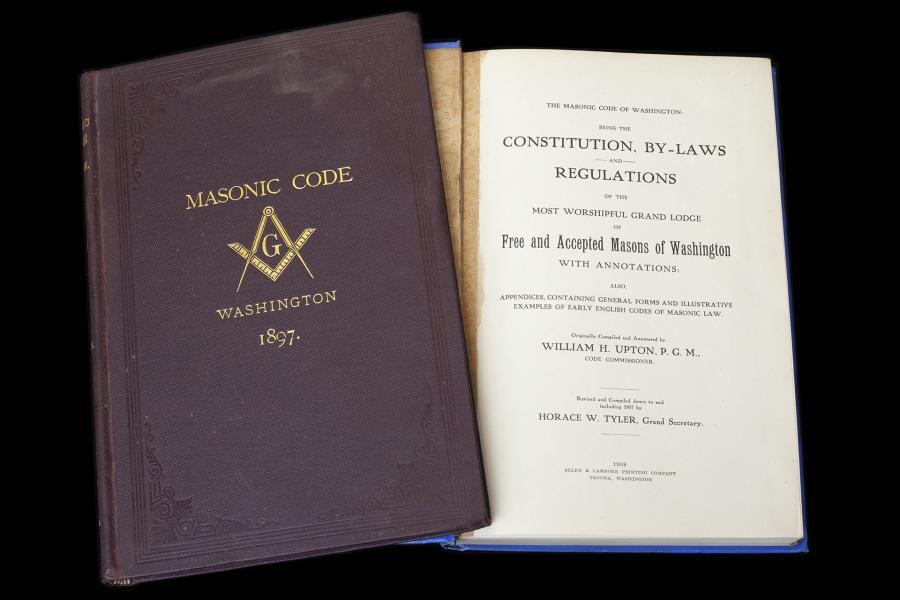
Ever the Student
In 1904 Monroe was made Grand Master of PHGLM, for which Sadler wrote to congratulate. A following letter to Sadler from 15 November mentions another freemason Monroe was corresponding with called Carl Wiebe from the Grand Lodge of Hamburg. It has since been discovered that at the age of 50, Monroe taught himself German in order to talk to the German grand lodges in their native tongue.
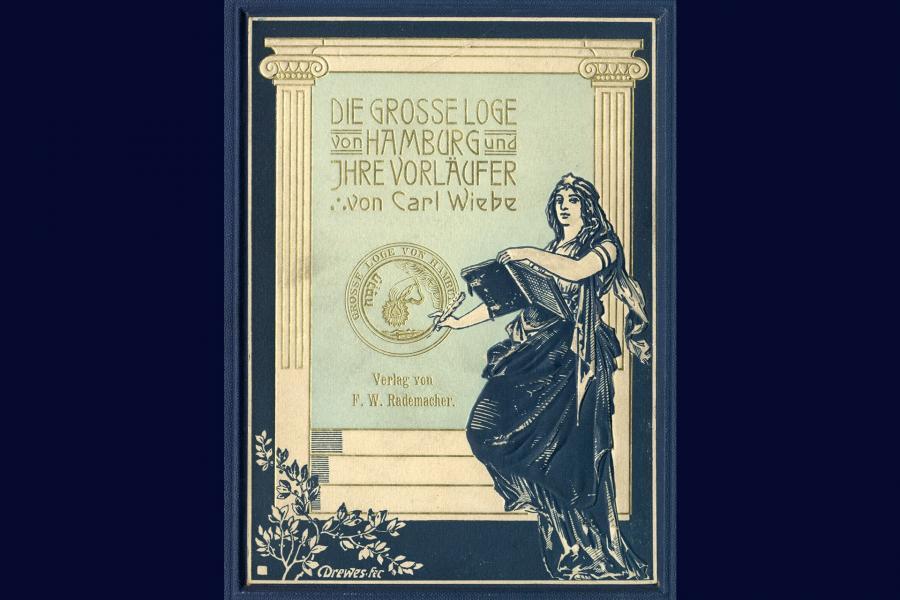
Sad News
In one of Monroe’s final letters to Sadler in 1907, he passes on news that his friend William Upton had died, “…I feel as if the heavens shut down upon less of worth now he is gone.” When Upton died his will stated there was not to be any marker on his grave until black and white freemasonry had joined in mutual recognition in Washington state. It took almost a hundred years but in 1990 the two Grand Lodges were joined in mutual recognition, and the following year a marker was laid upon Upton's grave.
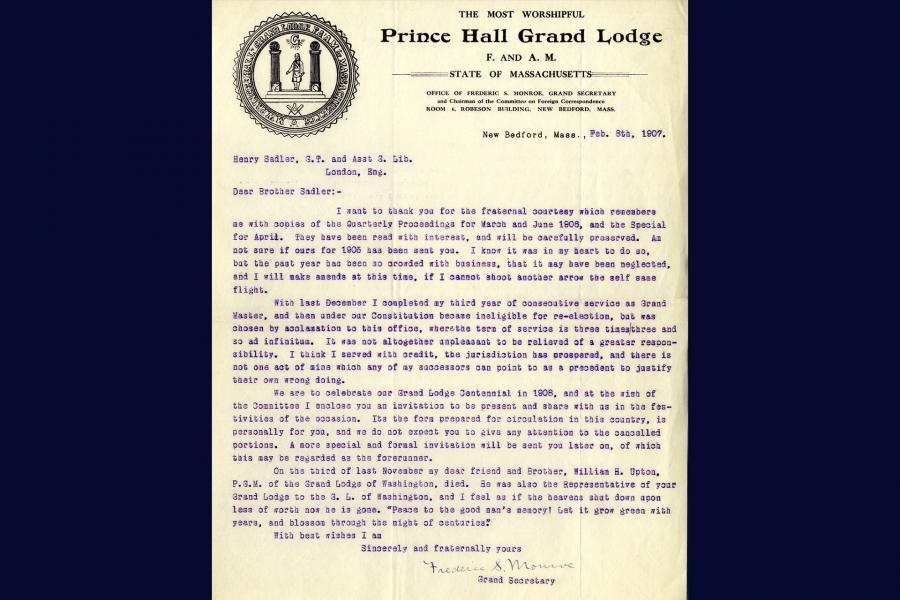
An End To Letters
Monroe and Sadler’s correspondence seemed to stop in 1907 with no clear reason. Monroe would have been extremely busy as Grand Secretary, while Sadler retired as Grand Tyler not long after in 1911. The two had remained ever helpful to each other. Frederic Monroe remained an active freemason until his death in 1929, and is remembered affectionately as an influential figure in achieving recognition for African-American freemasonry.
